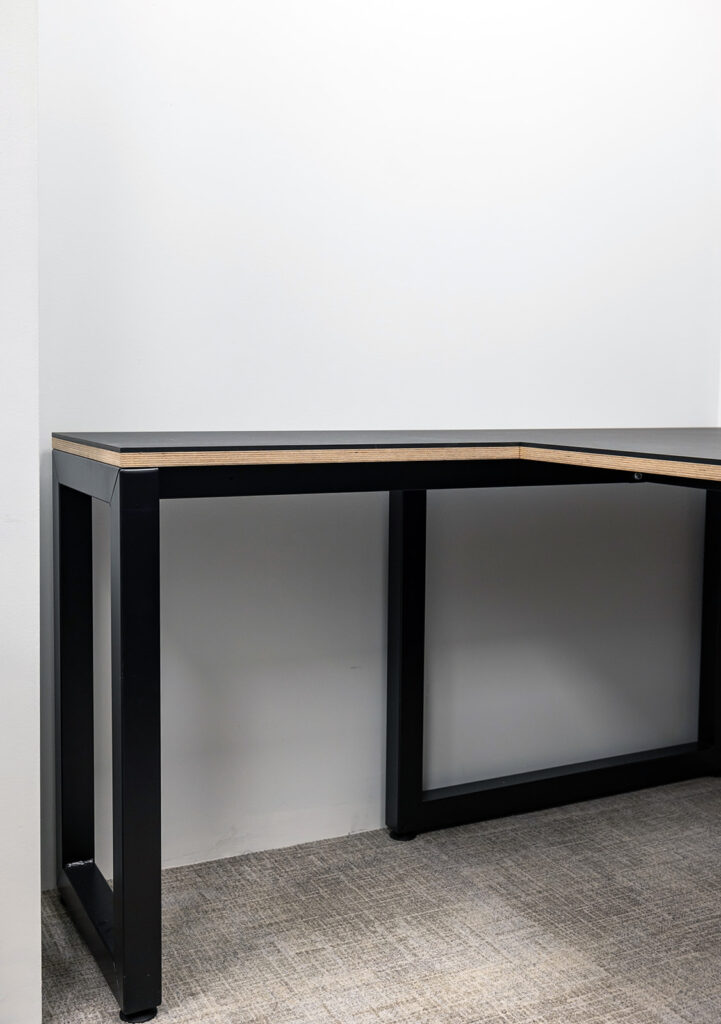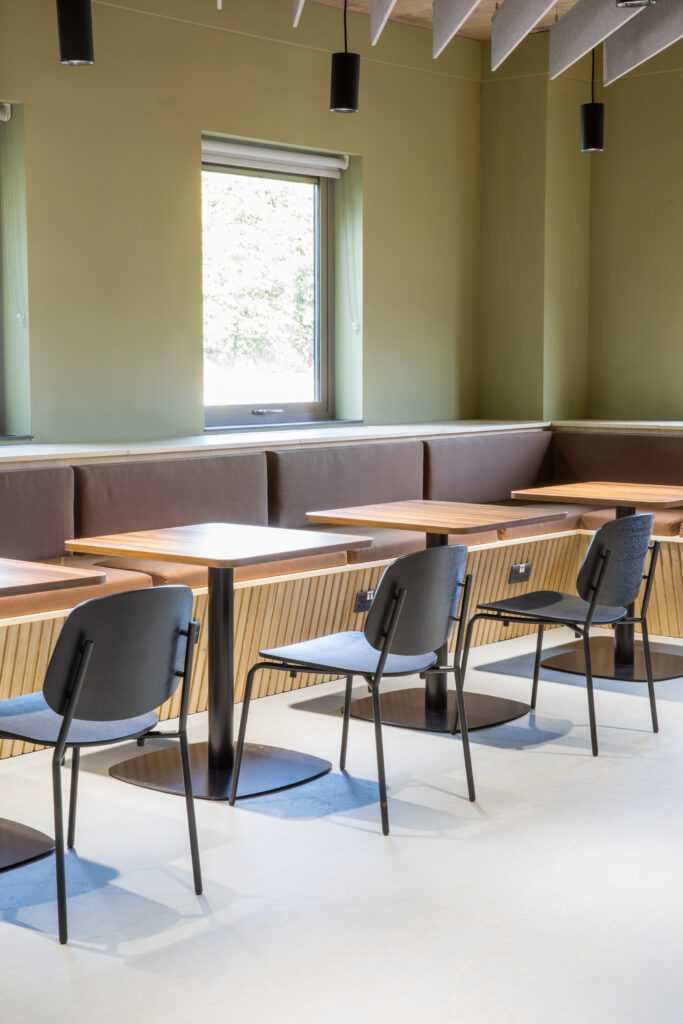SHORT STORY:
CREATING SUSTAINABLE INTERIORS

DESIGN WELL, BUILD LESS, MAKE IT LAST.
Using this mantra as a guide allows us to approach each design with a mindset that will enable us to make the biggest impact on the results our clients achieve with their projects, whilst keeping our minds open to new ideas and innovation. Advances in technology and sustainable products are so widespread now that the choices available are almost endless, but they still fall into some main themes. These principles can be described as the longevity of the design, the reduction of waste, responsible sourcing of the products and materials that are specified, energy and water efficiency and health and wellbeing, which we’ll delve into a little more.
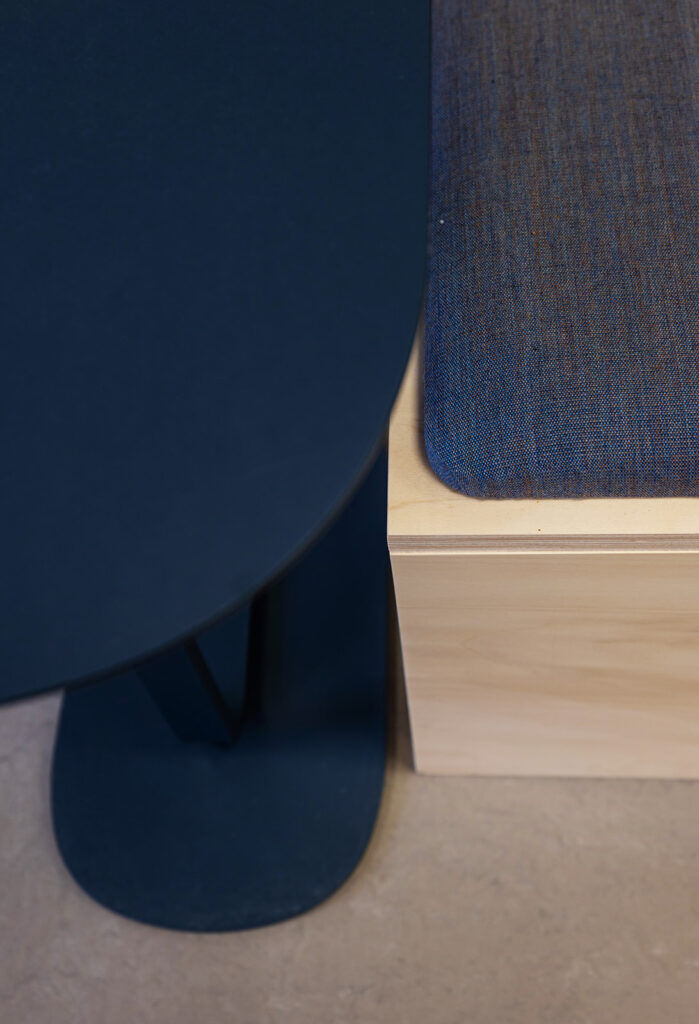
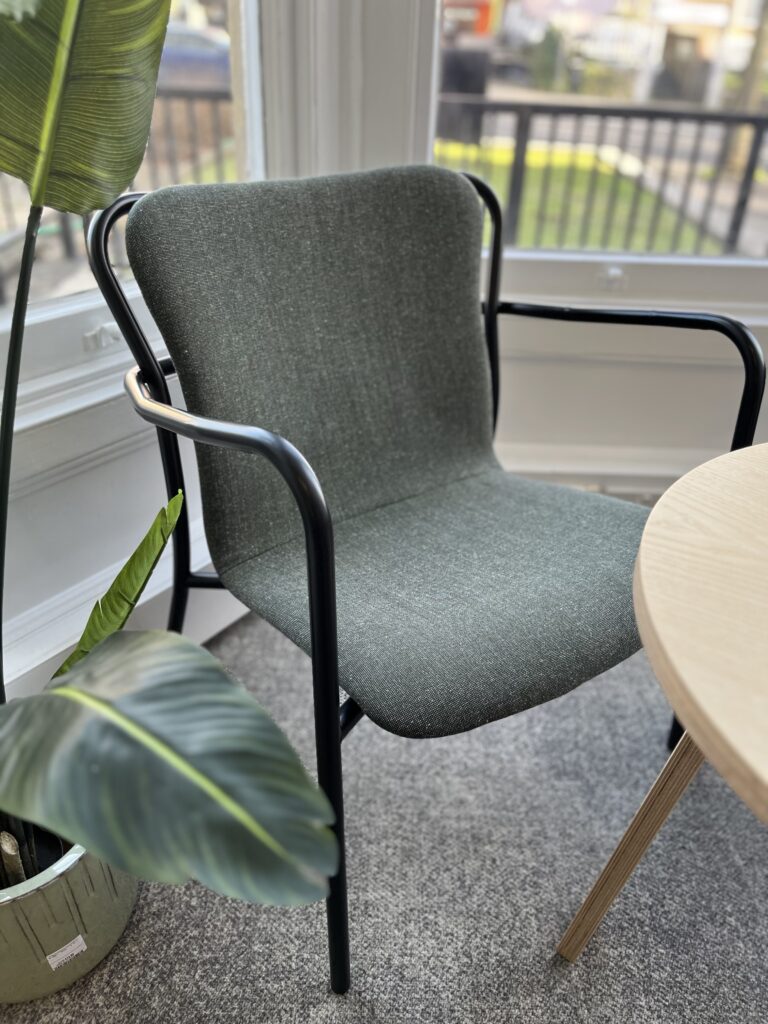

LONGEVITY
REDUCE WASTE
Thinking long term when designing interiors means the design, the products and the results will last longer. We take the time to get the brief right as it will have a huge impact on how long the design will be effective for. It’s important to really understand what the space needs to deliver over time so we are able to create a solution to achieve that. The selection of products is also important, ensuring they have an appropriate durability for their purpose, can be repurposed, repaired or refinished to extend their life and choosing finishes that have a more timeless appeal, especially for those items that hold larger weight visually within a design, will all contribute well to ‘Making it Last’.
You’re probably used to hearing about the ‘Three R’s’ of ‘Reduce, Reuse, and Recycle’ but there are also ‘Refuse’ and ‘Restore’ that can be added to that list. Not accepting things that you don’t need and looking for ways to return an item to its original condition instead of throwing it away are also becoming more mainstream approaches. This also has the additional benefits of supporting local craftsmen and boosting the local economy so we absolutely champion this too. The effort to reduce waste is also why our designs don’t look to follow trends, as once the style has gone out of favour again the design looks dated and is more likely to be replaced.
PRODUCTS AND MATERIALS
DESIGN FOR ENERGY AND WATER EFFICIENCY
The most sustainable product is the one you don’t actually buy, so our designs focus on finding solutions that you really need. We will always try to incorporate what you already have wherever possible, and anything required new will be responsibly sourced, chosen to last well and be in line with the available budget to make sure they are accessible to you. There are so many options with great sustainable credentials available now, like being made from natural materials, utilising recycled content, being recyclable, reduced water consumption in the manufacturing process or being VOC free. This wide selection of products with a low environmental impact means that the perception that being sustainable means compromising on the aesthetic has truly been left behind.
Whilst it’s more invasive to make updates to the fabric of existing buildings, there are lots of items that can be adopted to ensure the interiors are contributing positively to energy and water efficiency. Our designs offer energy efficient lighting, include appropriate window coverings to manage comfortable temperature and light levels, flooring selections to insulate well, and consider how the decorative colours will have an effect on the artificial lighting requirements to make them more efficient. Rainwater harvesting is also becoming more popular for use in WC flushing and clothes washing. The appliances chosen will also affect both energy and water consumption and most are now available with smart technology to maximise their efficiency.
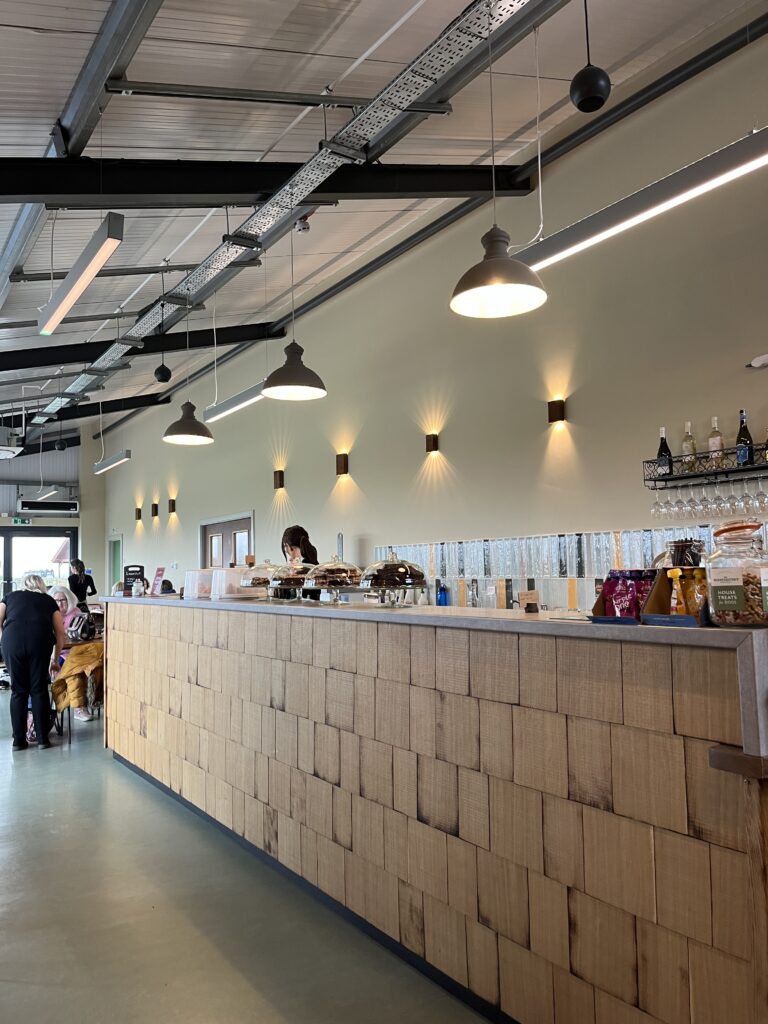
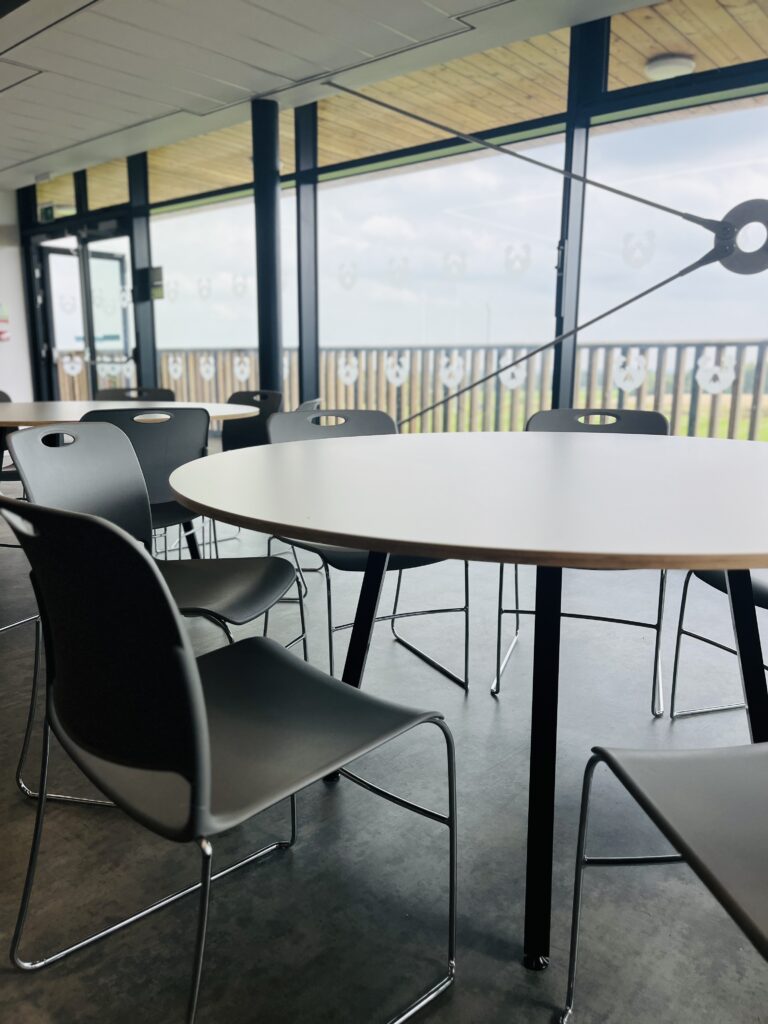

HEALTH AND WELLBEING
Designing for health and wellbeing may not immediately come to mind when thinking about sustainable interiors, but they are intrinsically linked. We spend up to ninety percent of our time indoors where air quality can be significantly worse than it is outside. This is affected by the levels of ventilation and toxins that are emitted into the air by the interiors and the products we use to maintain them. Having plants in the office doesn’t just have a positive effect on the occupants by connecting them with nature, it also helps remove these pollutants from the air to create a healthier environment. Noise pollution and poor lighting can also be an issue for health, and so managing the acoustics and making sure good lighting is available will have a positive impact on the overall health and wellbeing of the people using the space.


LET'S CHAT!
With the construction industry currently creating 40% of the UK’s carbon footprint there really is no change too small on any interior design. We guide and advise our clients to make the sustainable choices that are right for them, ensuring that all the principles mentioned above are considered when creating their interior design. Every project is unique, so whilst our approach is always guided by ‘Design Well, Build Less, and Make it Last, the solutions are bespoke to each client’s individual requirements. It’s your sustainability story, told by us. We’re always happy to chat about how we could help – get in touch.

